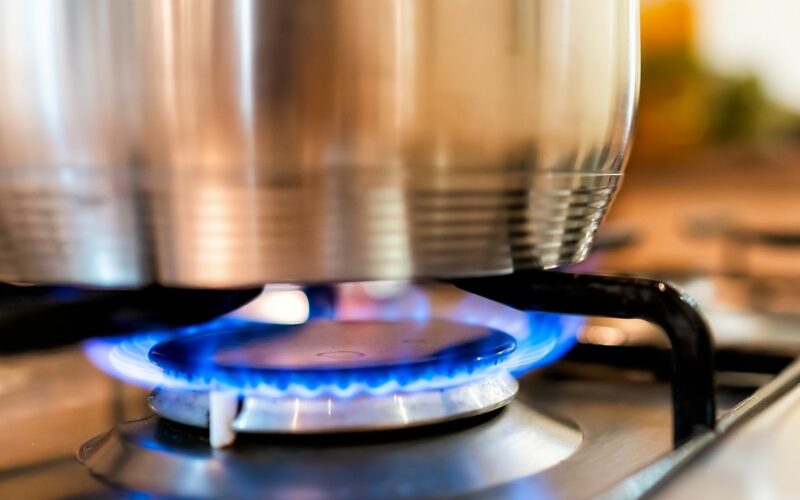Natural gas has been one of the most prevalent sources of energy in our homes for quite some time, beating out fossil fuels like coal and oil in the last century. Its popularity has grown even more in recent years because natural gas production has become more accessible and safer for delivery to homes and businesses, thanks to devices like thermal flow meters.
They monitor the flow of gas to check for leaks, reducing the likelihood of an accident, and they also measure the amount of gas we use in our households for billing purposes.
And natural gas is more prevalent in our everyday lives than you might think. Learn the ways we use natural gas in our homes and how our home’s location affects our natural gas consumption.
How Do We Use Natural Gas?
So many different household applications all over the country use natural gas to make our daily lives easier. Electricity is still the most popular energy source in homes, but sometimes, electricity generation needs natural gas, too.
The two most common types of natural gas are compressed natural gas and liquefied natural gas. Our homes receive compressed gas to power these applications:
- Heating
- Gas-powered stove tops and ovens
- Fireplaces
- Dryers
- Firepits
- Water heaters
What Home Appliance Uses the Most Gas?
Typically, people use the most gas to heat their houses and provide hot water to the homes via a gas-powered water heater. Whether this is the case for you will depend on the size of your home, how insulted it is, and, naturally, if you use gas as your primary heat utility.
For the most part, the type of heating a home uses also hinges on what region you live in, so your location will often determine what functions are drawing the most natural gas in your house.
What Regions Use Natural Gas for Heating?
Where we live affects the ways we use natural gas in our homes.
If you live in a warmer climate that has plenty of year-round sun exposure, you can easily heat your home with the help of solar panels. Because places in tropical or arid climates don’t need central heating in their home, they might only use natural gas to heat water.
Consequently, you’ll see less gas consumption in warmer regions, but they’ll still use it for firepits, stoves, and dryers. Households in areas that experience harsh winters will utilize gas more during the winter months to keep their homes warm as temperatures plummet.

